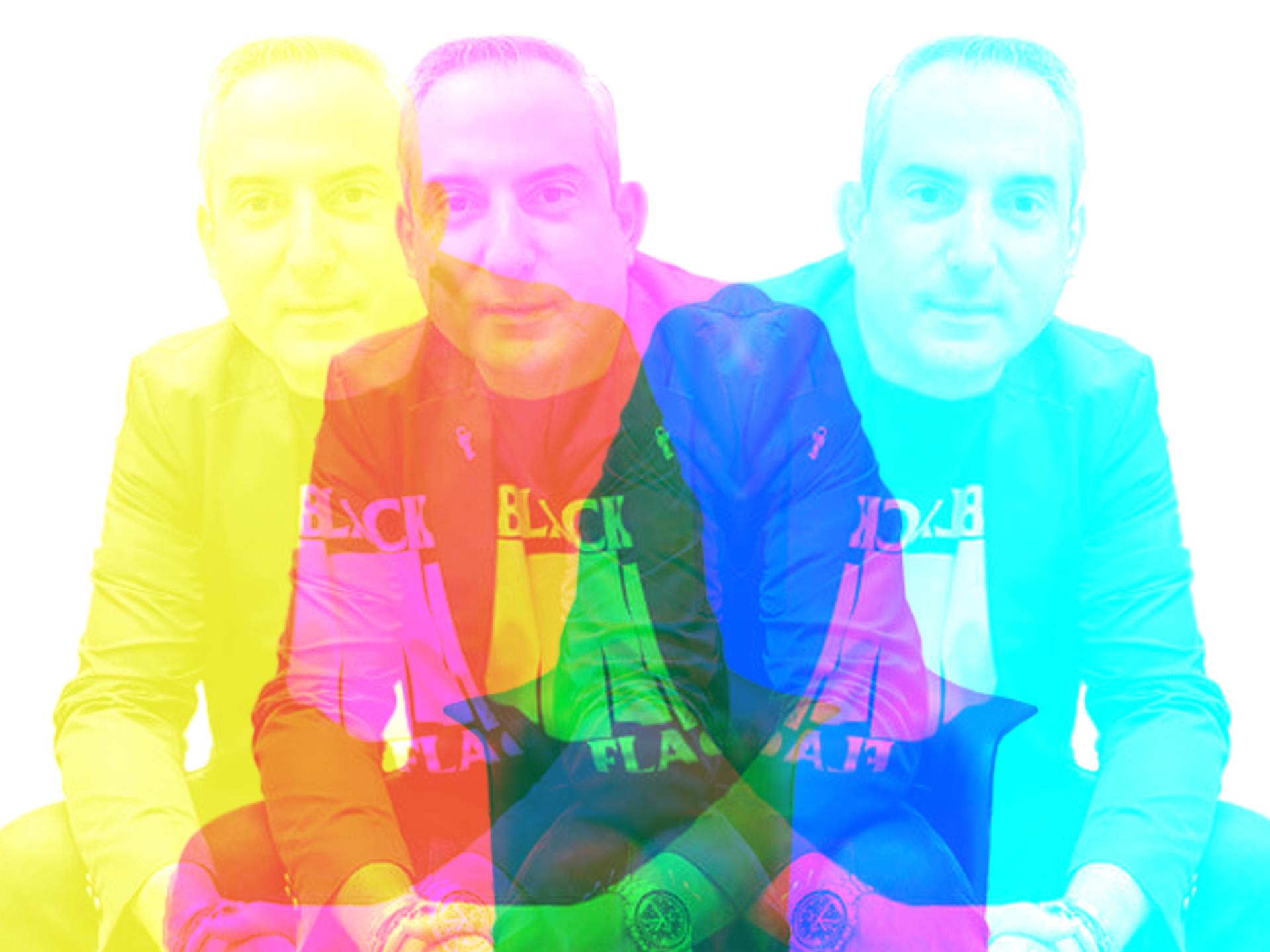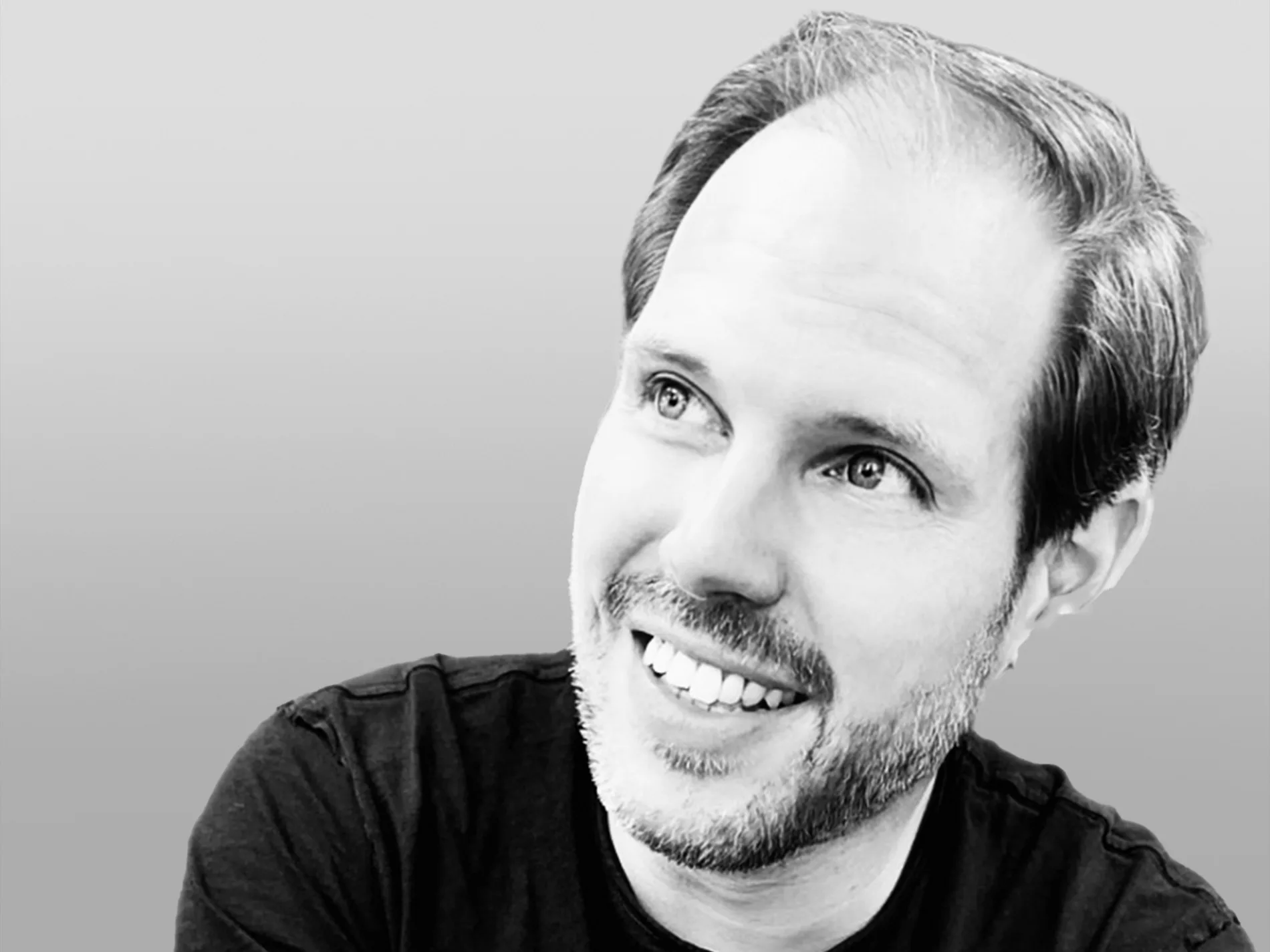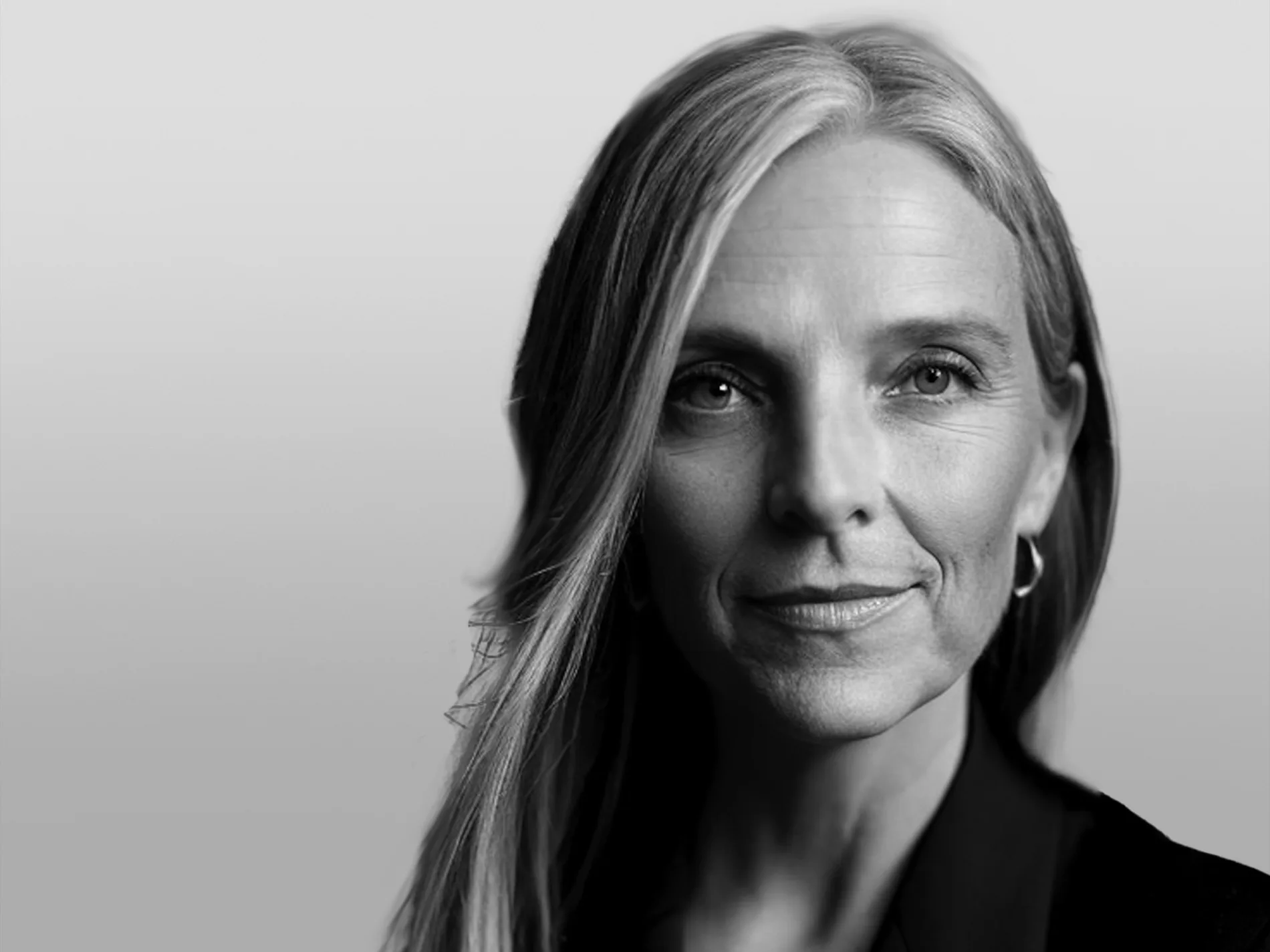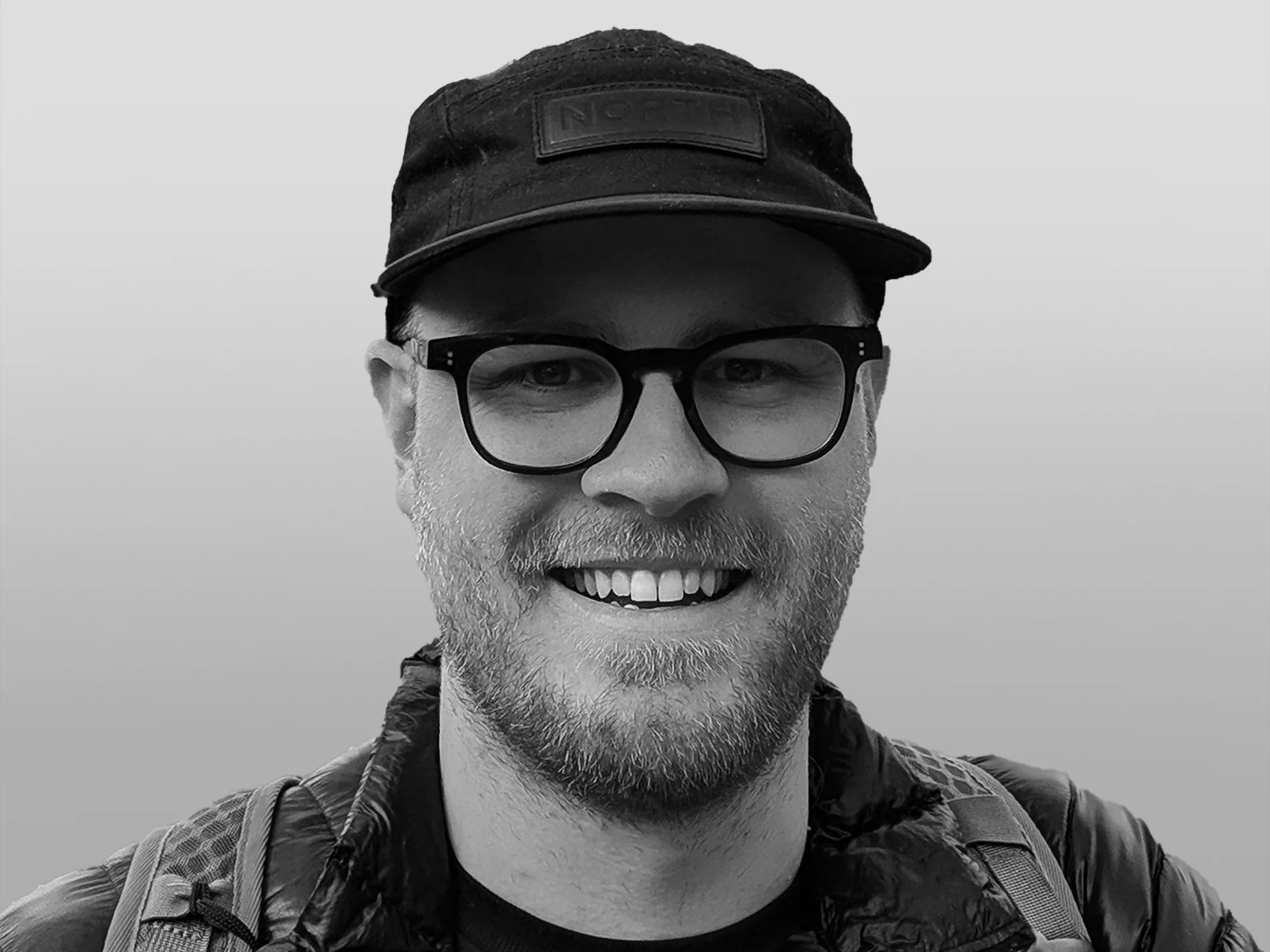“At Play&Co, we believe design is as much a journey as it is a destination. As part of Play&Co(nversations), we will be interviewing inspiring creatives from all walks of life.”
Play&Co: Thanks for joining us today, Demetrius! Can you begin by telling us a little bit more about yourself and your background as an industrial designer?
Demetrius: Sure — thanks for having me!
I am an industrial designer by education, and I have always enjoyed creating and drawing. As a child, I dreamt of becoming a car designer and imagined I’d eventually move to Italy and work for Ferrari. When I attended the University of Cincinnati for industrial design, I had my eyes opened and instead hoped to follow in the footsteps of Phillipe Stark and create truly unique products. However, like many young designers, I wanted to try everything, so I began my career in the entertainment industry at Warner Brothers, working in their consumer products division. While I had a taste of the movie industry in that role, it wasn't quite what I was looking for. I then moved into the consumer electronics space, working for Thomson multimedia, where Phillipe Starck had been our creative director. Although the design team there was top-notch, I didn't find the work as fulfilling as I had hoped since it didn't feel like I was solving problems as much as I was just creating interesting objects.
I then had the opportunity to join a small startup product design agency in Cincinnati called Kaleidoscope, where I stayed for 12 years. Through this experience, I was able to grow as a designer and take on various roles, including learning how to run a business and discovering what was most meaningful to me as a designer: solving problems that are important to people. After leaving Kaleidoscope, I worked for a few more agencies in LA and Chicago before returning to the corporate world at Targus. At Targus, I was able to use the skills and knowledge I had gained in the agency space to help improve the company's product portfolio and increase its visibility. However, I quickly learned that the corporate world is very different from the agency environment, and it can be challenging to balance the needs of the business with the principles of design.
Overall, my career has been a journey of trying new things and learning from my experiences. I have had the opportunity to work on a wide range of projects and in various roles, which has helped me to grow as a designer and better understand what I value most in my work.
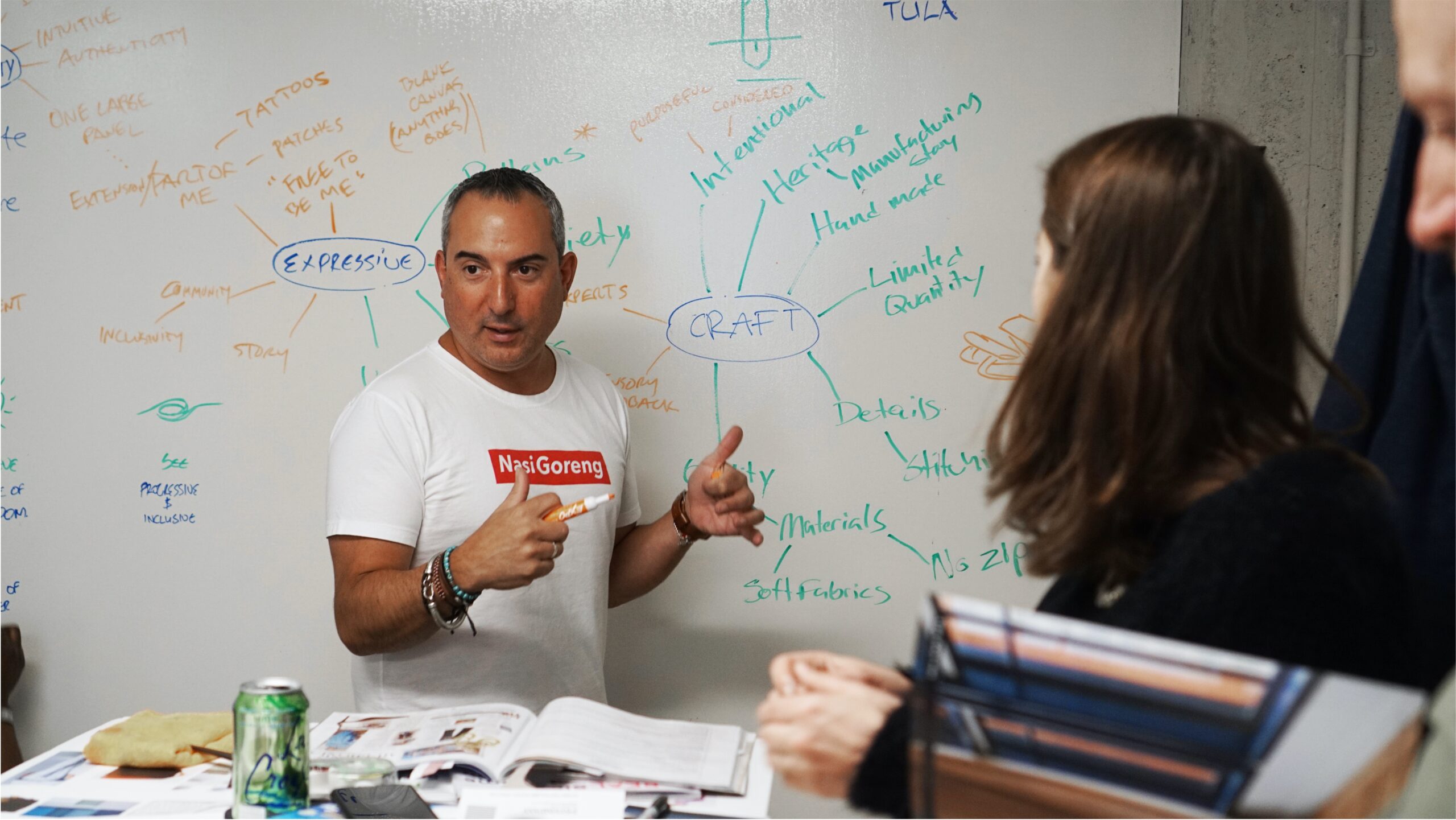
That’s an interesting and varied background! Can you tell us how that shifted you toward your current heading-up design at Ergobaby? And, what is Ergobaby?
Ergobaby is a baby and family-oriented products company that has been in business for about 20 years and specializes in baby carriers. But really, carriers have given us the platform to grow and create new products that help families bond, grow and thrive with strollers, bouncers and moving into new categories as we enter the new year - most recently our high chair.
About four years ago they were looking for a new design leader to replace someone who had left the role. Although I don't have children myself, I was intrigued by the opportunity and thought to myself, "How hard could this be? I've designed backpacks before, and carrying a baby in a carrier must be similar to carrying a laptop in a backpack, right?" However, I quickly realized that designing baby carriers involves a completely different set of regulatory requirements and a very different user experience. At Ergobaby, I lead the product design and development team, as well as the creative services team, which handles photography and packaging. One of the things that I find most interesting about working at Ergobaby is the fact that we have to consider the needs of two different groups of users: babies who can't communicate their needs, and first-time parents who may think they know what they want but don't really understand the realities of parenting until after they have a child.
Over the past four years at Ergobaby, I've had the opportunity to work with a team of skilled designers and engineers who come from apparel and tailoring backgrounds and are experts in fabric construction. However, I've also learned that they don't necessarily have the same training in user research and design language as I do coming from an industrial design background. Consequently, we've had the opportunity to grow and learn together, and have used this foundation to develop a range of successful products, including a revamp of our carrier portfolio, an updated stroller range, and a new bouncer that has already been well-received.
Ultimately, it’s been a challenging but rewarding experience. To keep things balanced, I prioritize my tasks and make sure to delegate responsibilities when necessary.
In terms of building longer-term design strategies, I believe it's important to have a clear vision and to regularly review and adjust the plan as needed. I also think it's important to consider both in-house and external resources and to use the best combination of these to achieve our goals efficiently. This may involve building and leading internal teams, as well as collaborating with external partners or agencies. Overall, my approach is to be strategic and flexible and to make sure that everyone on the team is aligned and working towards the same objectives.

You have a wealth of experience in both design and business development, including leading the building of teams. Can you describe your approach to managing these various responsibilities, especially in regard to taking over the creative services team at Ergobaby? How do you maintain balance and build long-term design strategies that incorporate both in-house and external resources? How do you ensure that everything is running smoothly and efficiently as you scale out?
As a Design leader, one of my primary goals is to improve the lives of those around me through my work. This means taking a step back and considering the bigger picture, rather than just focusing on the immediate task at hand. I believe that by approaching our work with a purpose-driven mindset rather than simply chasing output, we can create a greater impact and make a positive difference in the world.
Effective leadership also requires being able to trust and empower the right people and asking good questions to drive progress. It's important to set clear expectations and hold people accountable, while also being open to differences and challenges. It's vital to focus on solving problems rather than attacking individuals and to stay aligned with the purpose and motivation of our business.
One thing I've learned from my time in both agencies and corporate environments is the value of agility in structuring teams. In agencies, you often need to keep things lean in order to cover overhead costs and support the number of people you have on staff. In a corporate setting, it can be easy for teams to become bloated and try to do everything in-house. By adopting a hybrid approach, we can maintain a core team of experts and supplement it with specific skill sets as needed, allowing us to be responsive to changing project needs and scale up or down as necessary. This approach allows for flexibility while still maintaining a consistent level of talent, which is how we ended up working with Play&Co.
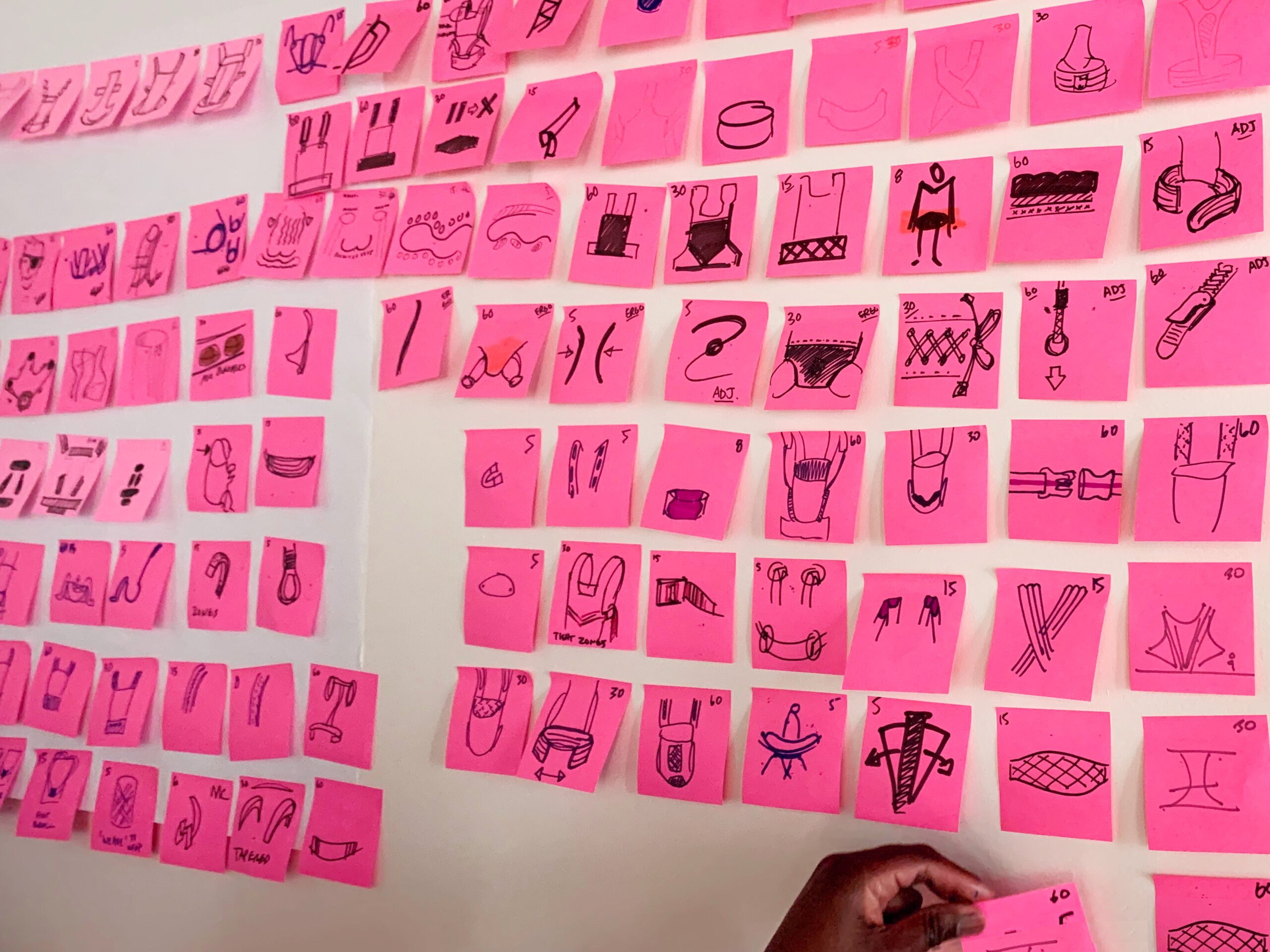
We recently published our Return on Design Investment Insight Report, which dives deeper into that. One of the key learnings is the idea of a “Design Leadership Solar System” with an individual like yourself in the middle and an orbit of various in-house and external agencies to help guide your vision. Personally, what does that process look like to bring in and onboard an external agency and how do you measure and find success with that relationship?
Trust and relationship building is key for me when working with outside agencies. I don't have a huge budget to spend on outside help, so when I do, I need to make sure I'm working with specialists I can trust. I don't have time for lots of back-and-forths, so I need to find people who I can easily work with and who understand my needs. I typically go outside for two reasons: 1) I need specific expertise that we don't have in-house and 2) I need to scale as project work requires and prefer to do that with groups I have established trust and rapport with.
I have a roster of agencies I trust for different things like human factors, research, and specialized engineering. That's what drew me to Play&Co - their expertise in design language systems and how well Brendan and his team think. We have similar philosophies but enough differences to keep me intrigued. Plus, we had a good vibe.
At the end of the day, every dollar I spend on outside help needs to count, so I need to work with people I can trust and who have a proven track record. I start all of these relationships by getting to know the people first and seeing if we click. It's not always going to be perfect, but if there's value there, I'll stick with it. And if not, I'll cut my losses quickly.
I appreciate how Brendan approaches his company at Play&Co. They're a talented group of designers who have worked in-house for other companies, and now they're doing what they enjoy and are great at for others. They're not just after the big dollar jobs but are willing to have a real conversation about your challenges and bounce ideas back and forth. That's what makes a relationship with an outside agency successful - it's not just transactional, it's a true partnership."
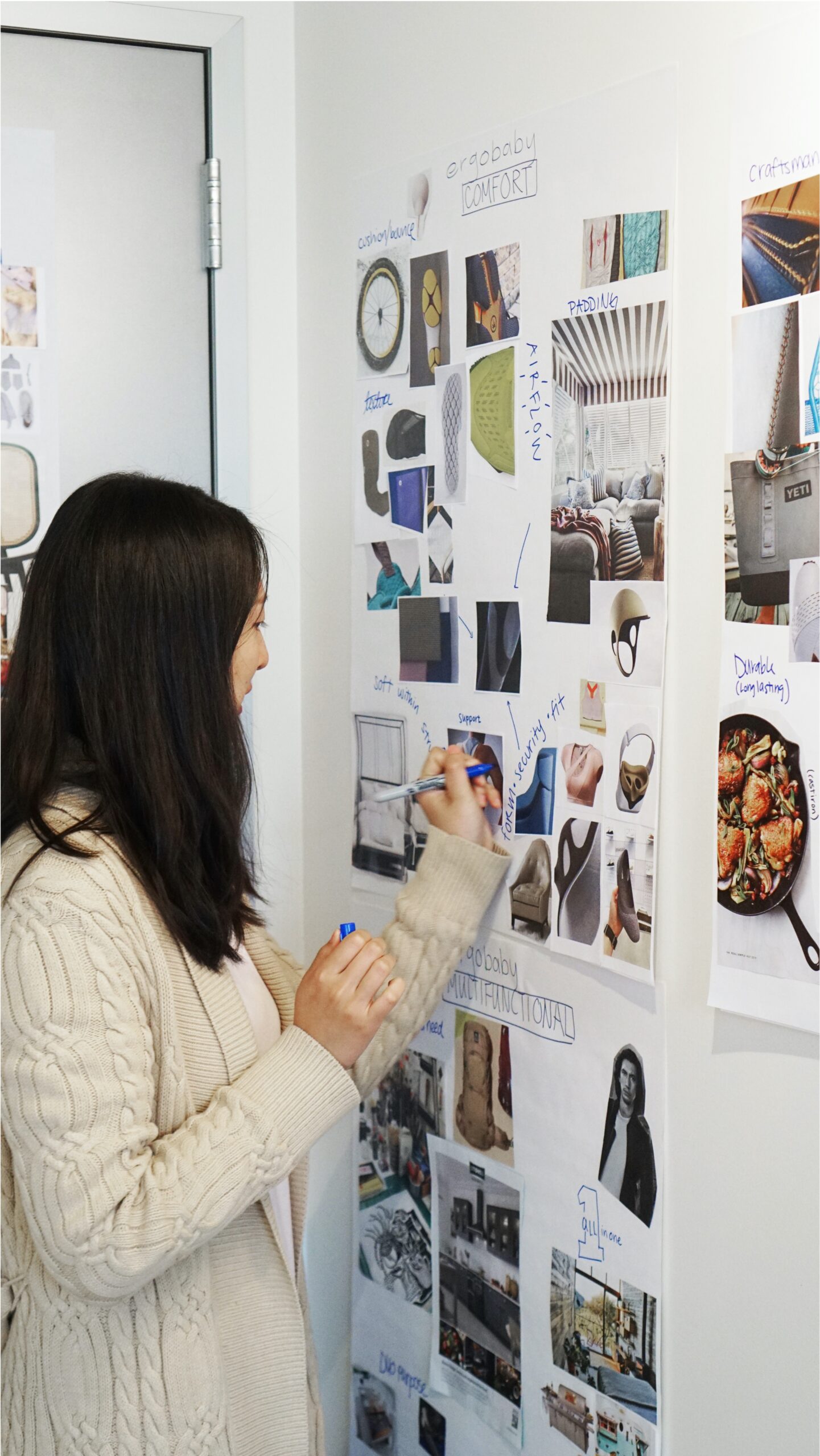
Let’s go back to Ergobaby. So let's say you've got your internal team, you've got your agency relationships. What are your first steps once you get your design project, or some new research uncovers a new market opportunity? What are the first things you do to ensure the success of a new product launch?
When it comes to our design process at Ergobaby, there isn't one set way to approach a project. However, there are some principles that we follow and the approach can vary depending on where we are in the project. We typically have an 18-24 month roadmap that we work with, and many of the bigger projects can be planned more broadly. For example, we set aside a few weeks or months for research, followed by workshops and development phases, as well as months of regulatory and user testing. However, there are also instances where opportunities arise and require a different approach.
Diverse projects require different approaches, it could be a strategic or tactical opportunity. We try to use a guideline for how to build out a project schedule, but we always start by gathering around the whiteboard and asking questions. We like to do what we call "whiteboarding sessions," where we bring in a core team of designers, marketing, sourcing, and compliance team members and spend a few hours on a whiteboard discussing what we know, what we don't know, and what we need to learn to ensure success.
Sometimes we might do written concepts with sketches and online qualitative testing with 100 users, other times we might need to gather inspiration by visiting museums, zoos, or amusement parks. Sometimes we need to start early with rough prototypes, and other times we need to challenge the brief and reframe the problem to be solved. Ultimately, our design process is all about understanding the problem we're trying to solve; whether it's a business, user, or brand need, and finding the best approach to tackle it.
Where do you look for design inspiration?
I’ll start by saying that design is definitely a team effort and I don't believe in a top-down approach where I dictate my vision and everyone else executes it. I believe in principles and that's why design language matters so much to me. When we work with Brendan and his team at Play&Co, it's not a rubber stamp approach, it's a collaborative process.
I believe that there are two ways to approach design language, the first one is the ‘explicit expression’ of a brand like BMW where everyone's car has the same grille and it's recognizable. The second approach is the ‘implicit impression’ of a brand like Muji. I prefer the second approach, where we dig a few layers deeper and understand why we create the objects that we do, what are the things we have to solve for and use those principled approaches to drive the visual aesthetic. This way, the inspiration that we layer on top is more insight-driven and it makes sense for our brand.
Inspiration doesn't come from any one single place, for me, it comes from people. I am most inspired by people, and just walking around, I see something that gives me an idea. I like to observe people, see how they use a product, and see if there's something that can be solved to make it easier for them. This is where I bring the most value to my team, by teaching them how to think and having faith in their ability to bring the right aesthetic details, features, and colors to the design. I trust my team to take the inspiration and insights and turn them into something that makes sense for our brand.
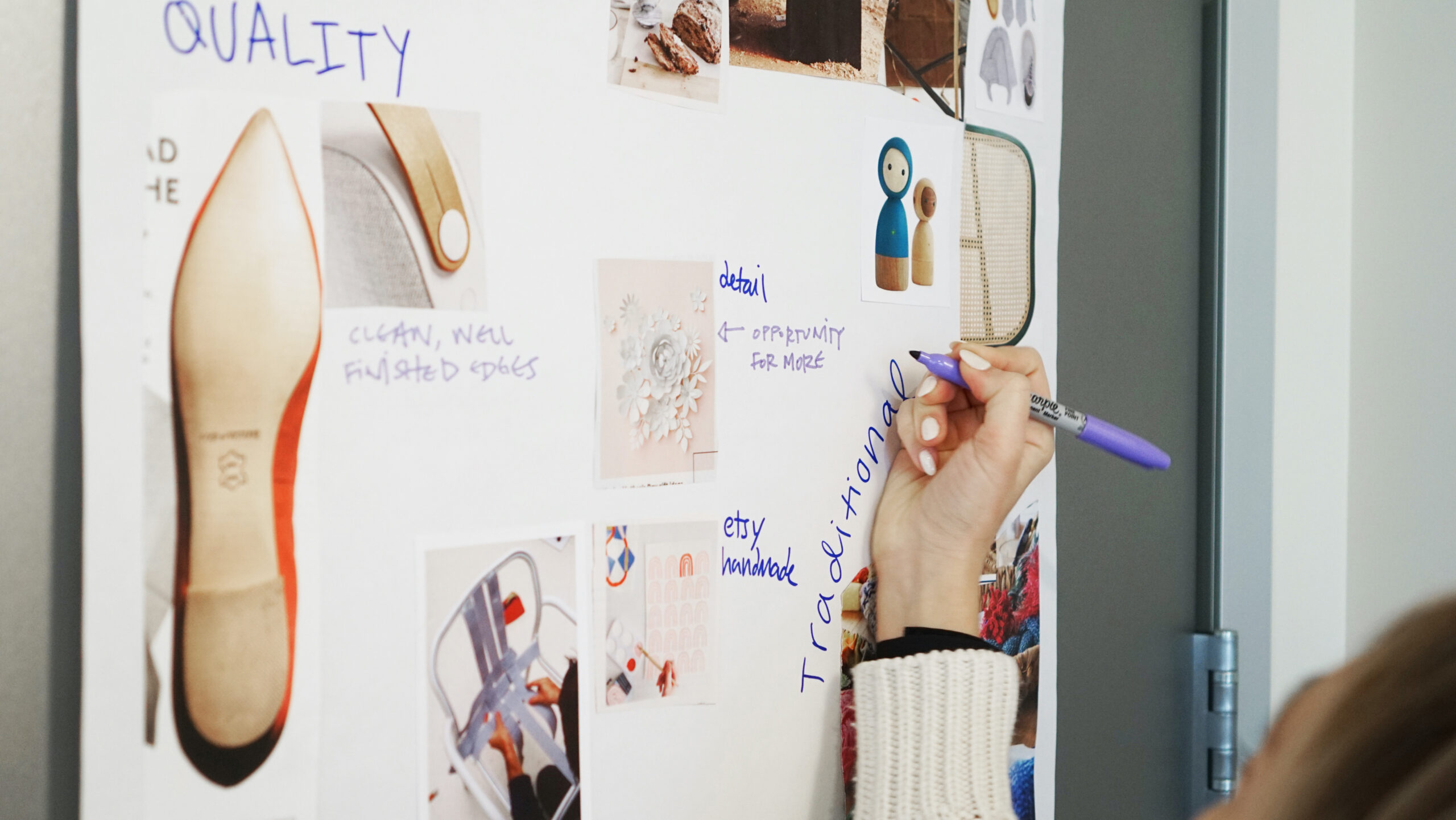
If there was somebody young in their career that aspired to grow into a team-building position in the design and business development space, what would you say are the most critical skills they should focus on?
What would you say are the most critical skills for young designers aspiring to grow into a design leadership position like yours?
Designing begins with curiosity, and as designers, we tend to be curious about our own specific fields and want to explore ideas, sketches, and shapes. But curiosity should also be outward, getting to know people and understanding who our users are.
What has served me well is getting to know everyone I work with within an organization, regardless of their function. I find that I tend to make some of my best friends in the marketing or business departments. Once you learn to value one another and understand that you are not there to be a hurdle for the other, but true partners in delivering value for the business, you form enduring complementary relationships.
Teamwork is also crucial in design, understanding the power of working together and how everyone plays a specific role in achieving the goals of the organization.
And lastly, learning the language of business is important for designers to understand the bottom line of an organization. Knowing how design contributes to business success, user value, and brand evangelism is powerful. By understanding the why, what, and how we do what we do; we become more effective in our roles as designers.
What’s next for Demetrius and the Ergobaby team in the new year?
Each new year brings a fresh opportunity to reflect on the past and plan for the future. As a designer, it's important to take a step back and evaluate the work we've done, the successes, and the areas for improvement. I'm proud of the new products we launched recently, but there's always room for growth and learning. We never want to rest on our laurels. We are always listening to our users, understanding their likes and dislikes, and looking for opportunities to make a meaningful difference. In our line of work, we're constantly interacting with new user groups as they come into parenthood and grow out of our products. It's important to keep in mind the many dimensions of parenthood and also the specific use cases to be addressed. As we move forward, my focus is always 18-24 months out, constantly thinking about what's next and how we can improve and grow as a team. Watch this space — I think there’s a lot to come.
